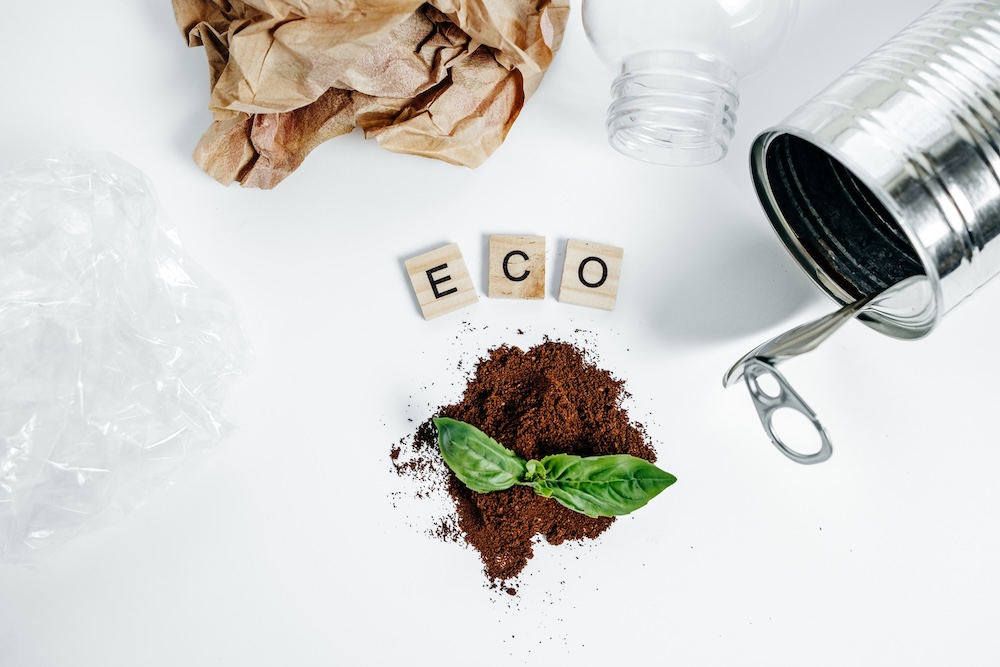Walk through any store aisle and you’ll see it — “natural,” “eco-friendly,” “green,” “non-toxic.” These labels whisper reassurance. They make you feel like you’re doing the right thing.
But what if most of them mean… nothing?
Welcome to the murky world of greenwashing — where marketing talks the talk, but few brands walk the walk.
The Problem With Unregulated Green Claims
Unlike terms like “organic” (which is regulated in many countries), words like natural, eco-conscious, and non-toxic have no legal definition. That means companies can slap them on a product with zero proof, no standards, and no oversight.
Your all-natural cleaner? It might still contain harsh solvents.
That eco detergent? Packaged in plastic.
That “green” deodorant? Still tested on animals.
This isn’t just misleading — it’s dangerous. Consumers who want to make better choices are being tricked into thinking they already have.
The Psychology of “Green”
Studies show that people perceive a product as healthier, safer, and more ethical if it carries green packaging or nature-themed words — even if nothing about the formula changed. This is called the “green halo effect.”
Marketers know this. Brands add leaves to their packaging, use soft earth tones, and call something “plant-derived” even when 90% of the ingredients are synthetic.
You’re not imagining it. You’re being manipulated.
Common Misleading Green Claims to Watch For
Here are some of the most common — and most meaningless — green labels:
- “Non-toxic”
Sounds safe, right? But it’s not regulated. Even known irritants and VOCs can appear in “non-toxic” products. - “Natural” or “Naturally Derived”
Arsenic is natural. So is lead. Many products contain just one “natural” extract while the rest is synthetic filler. - “Eco-Friendly” or “Earth Safe”
Without certification, these are empty claims. Even bleach-based cleaners can be labeled “eco-friendly” if the brand says so. - “Cruelty-Free”
Unless backed by certifications like Leaping Bunny or PETA, this term can mean anything — or nothing. - “Biodegradable”
Many products are only biodegradable under specific industrial conditions, not in your backyard compost. - “Green”
Green is a color, not a standard. Ask what makes it green.
Greenwashing in Fashion and Packaging
It’s not just household cleaners. The fashion industry is full of it too:
- “Conscious collection” — but made of polyester.
- “Recycled content” — 3% of the blend.
- “Compostable mailers” — but with a plastic zip or tape.
When everyone claims to be eco-conscious, the real message gets lost.
How to Outsmart Greenwashing
Here’s how to cut through the noise:
1. Look for third-party certifications
Trust seals like USDA Organic, Green Seal, EcoCert, EWG Verified, Leaping Bunny, etc.
2. Read the ingredient list
Don’t rely on the front label. Flip it over and research what’s actually in it.
3. Learn the lingo
Terms like “natural fragrance” or “sustainably sourced” are often loopholes. If it’s vague, dig deeper.
4. Don’t be swayed by color and design
Green packaging doesn’t mean green practices.
5. Support brands with transparency
Look for companies that disclose full ingredient lists, sourcing, and sustainability reports — not just vague claims.
Final Thoughts: Be a Better Label Reader
It’s frustrating to care — and still be misled. But awareness is power.
The more we demand clarity, the more brands will be forced to offer it. So keep asking questions. Keep calling out vague claims. And keep pushing for a world where sustainability isn’t a slogan — it’s a standard.
Because “green” should mean something. And we deserve to know when it doesn’t.









Reader Interactions